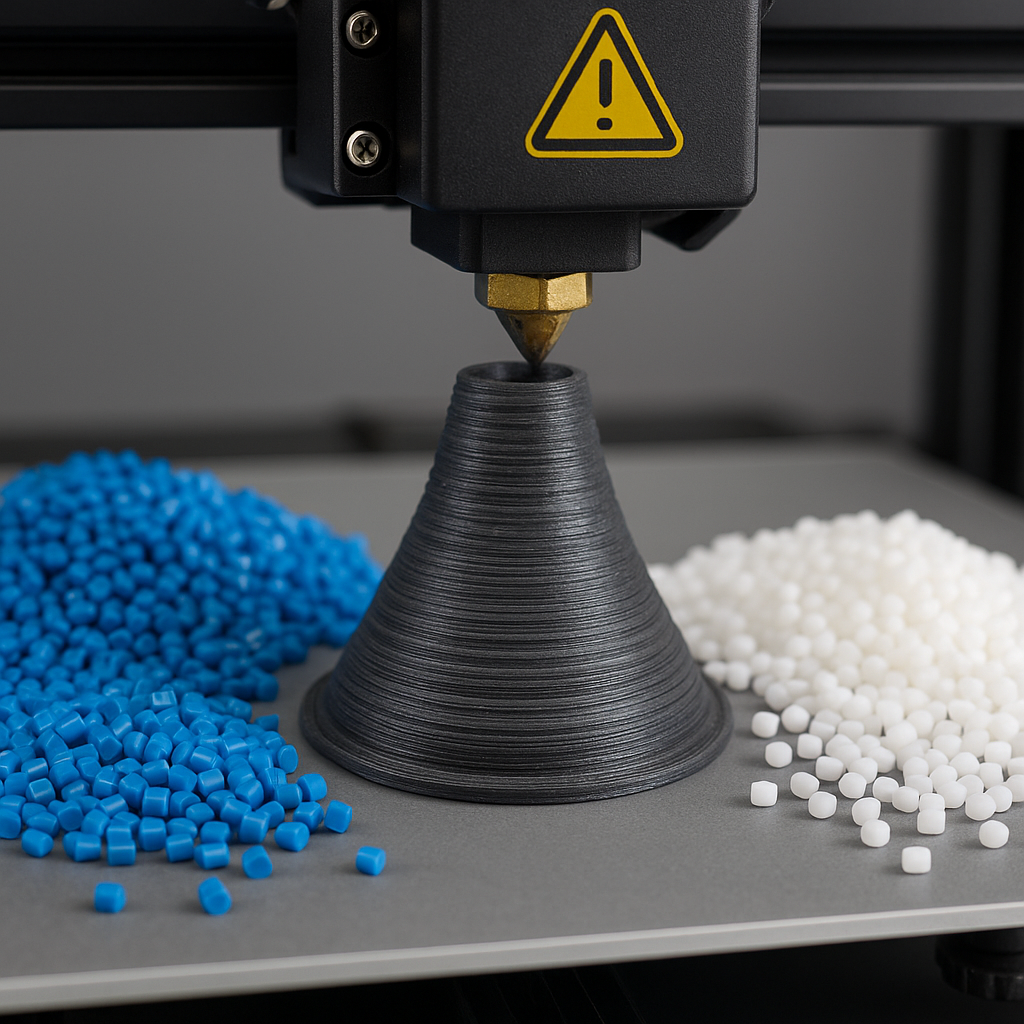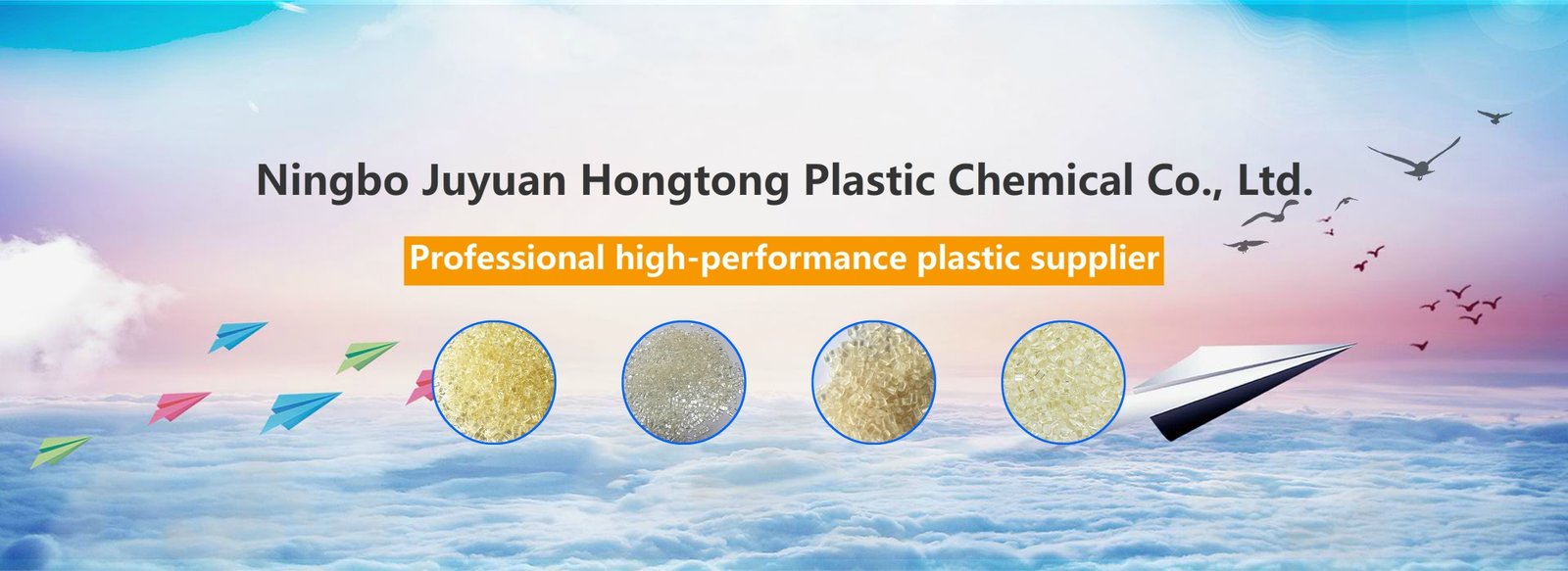1. Panorama of traditional uses of plastic pellets
Plastic pellets, as the "universal language" of modern manufacturing, have been used in the core of almost all daily consumer goods and industrial products:
The manufacturing core of daily consumer goods
・Packaging film and plastic bags: แอลดีพีอี และ LLDPE pellets are widely used in food packaging, express bags, cling film, etc.;
・Plastic containers and bottle caps: HDPE pellets are the main material for detergent bottles, medicine bottles, and barrel products;
・Daily plastic products: such as hangers, storage boxes, toothbrush handles, cup lids, etc., widely use พีพี or PS pellets.
Invisible helpers of industry and construction
・Pipes and profiles: HDPE and PVC pellets are the core materials for water pipes, cable protective sleeves, and door and window profiles;
・Auto parts: พีบีที, PA6, PP copo and other engineering plastic pellets are used for bumpers, dashboards, headlight brackets, etc.;
・Household appliance shells and structural parts: เอบีเอส, HIPS and other plastic pellets have both strength and formability, and are the main materials for TV shells, washing machine inner barrels, etc.
The "behind-the-scenes hero" of medical, electronic and future technology
・Medical consumables: PP particles are used in syringes, infusion tubes, and blood collection tubes through aseptic processes;
・Electronic device shells: high temperature resistant and flame retardant PC and PBT particles are used in socket shells and charger shells;
・3D printing and wearable devices: ทีพียู, TPE and other thermoplastic elastomer particles are used in flexible materials, bionic components, and smart device shells.
But today, we are more concerned about: the use of plastic particles is undergoing a major change with technology, regulations, and social awareness.

2. Value beyond the pellets: What you buy is not the raw materials, but the underlying logic of product performance
A single plastic pellet embodies three invisible but critical forces:
・Physical properties determine the fate of the product: for example, the tear resistance of แอล แอล ดี พี อี makes the courier bag stronger; the dimensional stability of PBT makes the precision parts less likely to deform.
・Processability determines the efficiency of the production line: parameters such as melting temperature and flow index directly affect the operating stability and molding speed of the equipment.
・Regulatory adaptation determines market entry: whether it complies with FDA, RoHS, and REACH standards determines whether you can export to Europe and the United States or supply brand customers.
This means that choosing which pellets is not just a matter of price, but also the key to product strategy and process efficiency.
3. How do new technologies reshape the boundaries of particle use?
Functional copolymers and blends promote new product development
-แอล แอล ดี พี อี copolymer films with stronger heat sealing strength and higher transparency replace traditional composite structures and are widely used in single-material recycling packaging (Mono-material packaging)
-Metallocene (mPE) series materials can achieve lighter and thinner environmentally friendly packaging solutions, helping brands achieve plastic reduction goals
3D printing and particle direct injection technology
-Some special modified plastic particles such as PLA, TPU, PA are beginning to be suitable for particle direct printing (Pellet 3D printing), breaking through the limitations of traditional consumable particle fineness and realizing "moldless manufacturing" from particles to terminals
Intelligent application development: induction packaging and soft electronics integration
-Adding conductive particles or induction particles to plastic films promotes the development of smart packaging, which is widely used in cold chain logistics and drug tracking
4. Regulations and ESG: Pellets With a Purpose
The push toward carbon neutrality is transforming how we think about plastic pellets:
Eco-regulatory Drivers
-The EU Green Deal and China’s dual-carbon goals are accelerating the use of biodegradable or certified sustainable pellets like
PLA, PBS, and PBAT.
-ISCC-certified LDPE/แอล แอล ดี พี อี is gaining favor with brands aiming to enhance their environmental credentials.
Circular Economy in Action
-Virgin PE/PP pellets are increasingly used in mono-layer films to replace multilayer laminates, improving recyclability.
-Certain HDPE and PET grades have entered food-grade recycling loops, enabling safe re-use in food-contact packaging.
5. Discover potential material optimization scenarios
The use of plastic particles is not fixed, but can be "redefined":
✔ We can help you design "environmentally friendly upgrade solutions": the same function, using thinner and more environmentally friendly materials to achieve
✔ We can help you develop "high-performance differentiated materials": improve product quality and enhance customer stickiness
✔ We can provide "customized blending solutions": for example, let your packaging film have anti-fog, tear resistance and heat sealing stability
Raw materials should not only be "usable", but should be "more suitable" and "more competitive" solution options.
6. Emerging application trends of plastic raw materials: lighter, greener, smarter
Single material packaging: PE-PE, PP-PP and other structures will become mainstream, easy to recycle
Extreme thinning: thinning the film by more than 30% through mPE and metallocene polymers
Bio-based particles: PLA, PBS, PEF, etc. are gaining attention in the food/medical packaging market
High-speed processing adaptation: adapt to film blowing lines above 280m/min, and a wider range of heat sealing
Functional integration: integrated functions such as UV protection, oxidation protection, and anti-fog
7. Last words: Behind the selection of materials is the redefinition of product competitiveness
When customers search for "what are plastic pellets used for", what they really care about is often not the plastic pellets themselves, but what kind of material combination can make the product more competitive and more in line with market trends?
In this era where raw materials are not only costs, but also product value levers, we know that the choice of materials is actually part of the business model.
As a professional trader focusing on virgin plastic pellets, we not only provide stable spot resources and a variety of model matching, but are also willing to become a part of your R&D, process optimization and product strategy, and jointly explore how materials can find a balance between efficiency, performance and sustainability.
Welcome to contact us for samples and one-on-one technical support, and explore new business opportunities behind plastic pellets.

